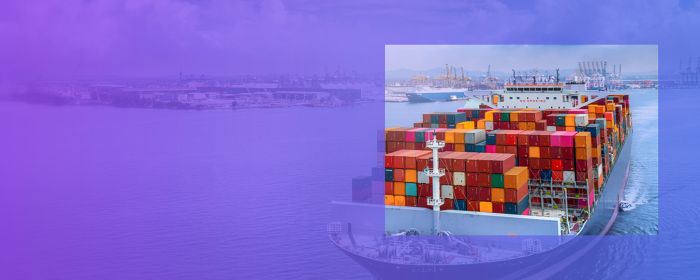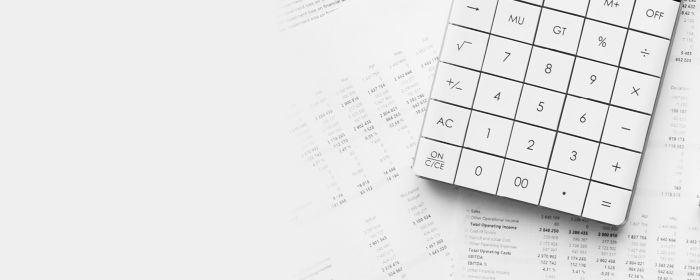The second session of the Customs Academy provides a deep dive into the calculation of import duties and their link to other tariff and non-tariff measures, by focusing on product classification and commodity codes, origin of goods and the determination of customs value.
Below you can find the key takeaways.
- Correct classification determines the correct tariff and non-tariff measures
Important to use the correct customs commodity code to:- Ensure there is no underpayment of duties which could lead to penalties, goods being held at customs, etc.;
- Avoid the risk of overpayment of duties;
- Attention to other policies/measures, such as anti-dumping, quotas, duty suspensions, CBAM, environmental taxes; and
- While acquiring licenses/authorizations e.g. IPR, preferential origin, etc.
- Origin management is key for savings and customs compliance
Correct origin management within a company ensures that no import or antidumping duties are paid unless absolutely necessary whilst optimizing your business relationships. Given that customs duties are a direct cost (contrary to VAT), this entails important potential savings. - Valuation
Determining the correct customs value for products ensures the correct amount of customs duties (and VAT) are paid upon importation of your goods.
Customs valuation and transfer pricing (TP) are inherently linked: retroactive price adjustments for TP purposes also affect the customs value of your products.
Relive our Customs Academy
Watch the recording
Please select your preferred topic(s) by clicking on the corresponding video(s). Should you have any further questions or comments, do not hesitate to reach out to our experts.



